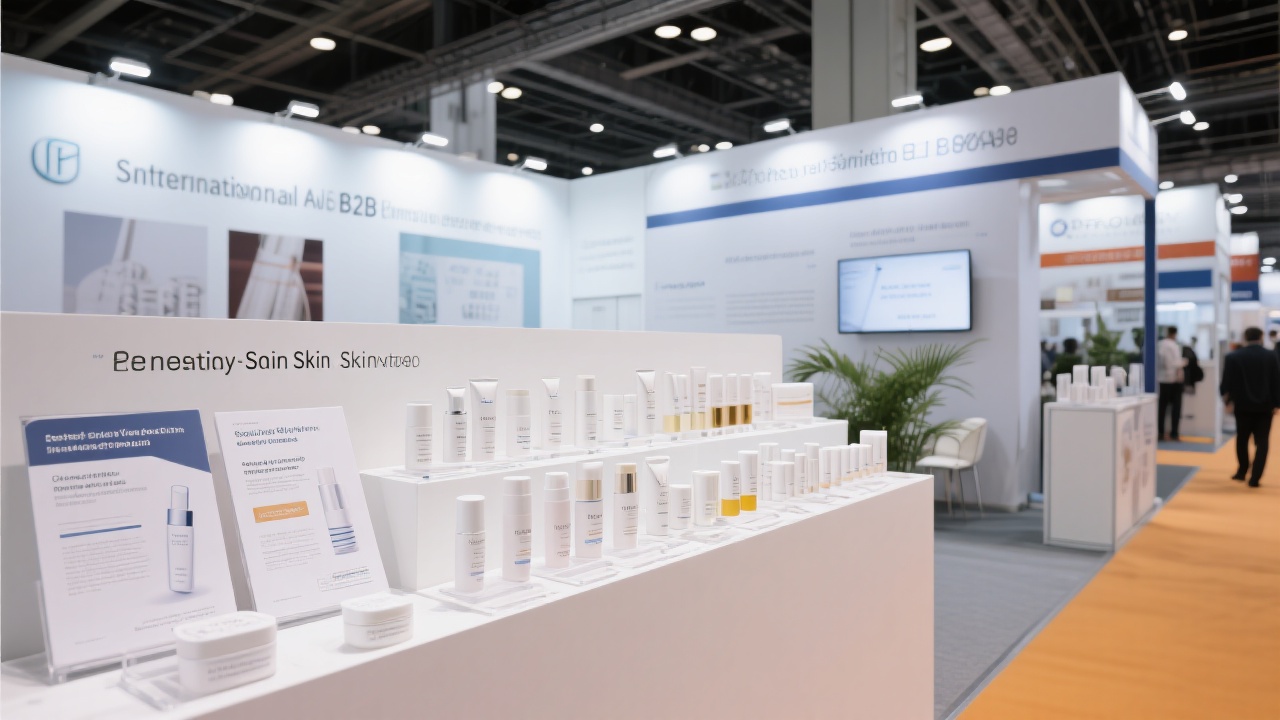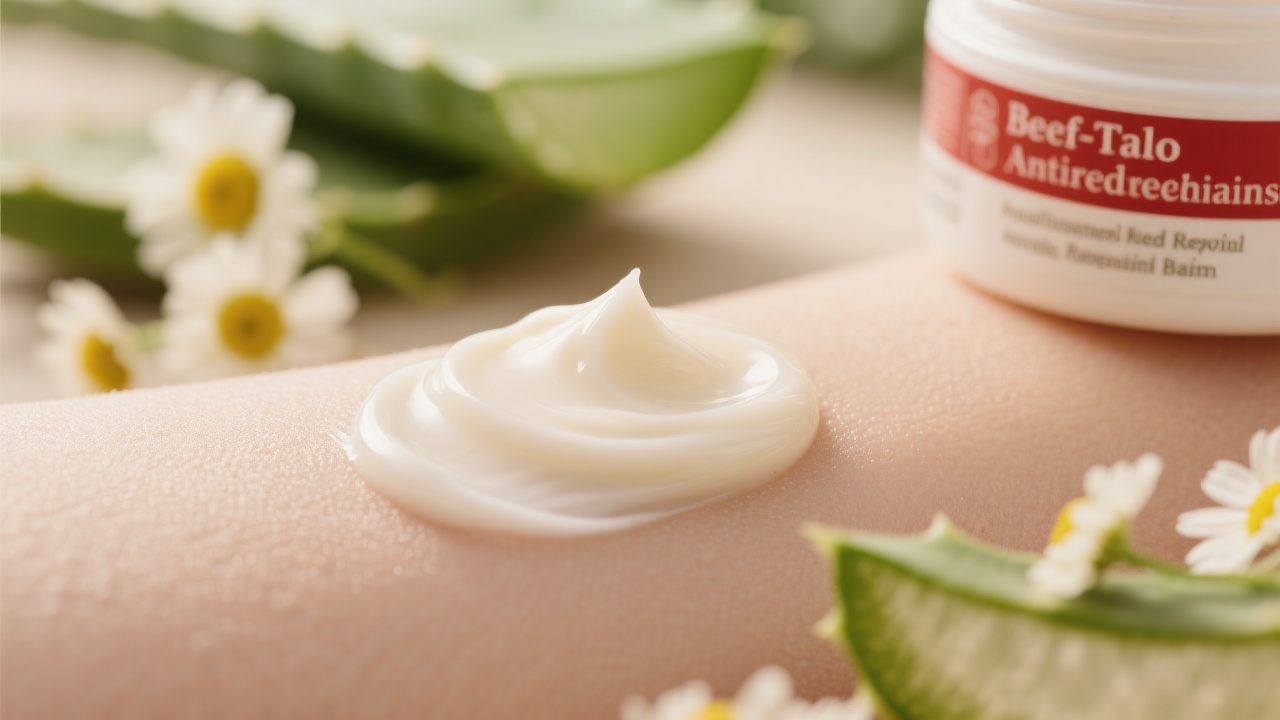
In the realm of cosmetic OEM/ODM production, formula blending is fraught with challenges. This article delves deep into the technical aspects of raw material selection and compatibility taboos, aiming to provide practical guidance for product R & D teams, procurement managers, and brand decision - makers.
Selecting the right raw materials is the cornerstone of successful formula development. According to industry research, nearly 70% of formula failures can be traced back to improper raw material selection. When choosing raw materials, factors such as efficacy, safety, and cost - effectiveness should be considered. For example, natural ingredients are becoming increasingly popular due to their perceived safety and environmental friendliness. In fact, a recent market survey showed that 65% of consumers prefer cosmetics with natural ingredients.
We have established a strict raw material screening system. We source raw materials from reliable suppliers and conduct multiple rounds of quality inspections. Our system has enabled us to successfully customize high - difficulty formulas for over 30 international brands, helping them pass FDA/EU certifications.

Compatibility taboos among raw materials can lead to various problems, such as product instability, reduced efficacy, and even safety hazards. For instance, certain acids and alkalis cannot be combined in the same formula, as they may react chemically and cause the product to deteriorate. Research indicates that about 30% of product quality issues are related to raw material incompatibility.
To identify these taboos, we rely on both theoretical knowledge and practical experience. We have a database of raw material compatibility information, which is constantly updated based on the latest research findings. By referring to this database, we can avoid potential compatibility issues during the formula development process.
Stability testing is a crucial step in ensuring the quality and shelf - life of cosmetic products. Our stability testing process consists of multiple steps, including temperature cycling tests, light exposure tests, and microbial growth tests. According to our internal data, products that pass our stability tests have a shelf - life of at least 24 months.

The following table shows the key parameters of our stability testing process:
| Test Type | Temperature | Duration |
|---|---|---|
| Temperature Cycling | -20°C to 40°C | 4 weeks |
| Light Exposure | Simulated sunlight | 8 weeks |
| Microbial Growth | 37°C | 12 weeks |
Ensuring product safety is non - negotiable. We follow strict safety verification mechanisms in line with international standards such as ISO/ECOCERT. Our products undergo comprehensive safety tests, including skin irritation tests and allergen screening. By adhering to these standards, we can guarantee that our products are safe for consumers.
"ISO and ECOCERT set the gold standard for cosmetic safety. Our commitment to these standards ensures that our products meet the highest quality and safety requirements." - International Cosmetic Safety Association
If you are looking for a reliable partner to solve your cosmetic formula development challenges, click here to learn more about our services.
In conclusion, addressing the complexity of cosmetic OEM/ODM formula blending requires a systematic approach, from raw material selection to safety verification. By following the guidelines and best practices outlined in this article, you can develop high - quality, market - competitive cosmetic products.
Do you have any questions about cosmetic formula development? Leave your questions in the comments section below, and our experts will be happy to answer them.

